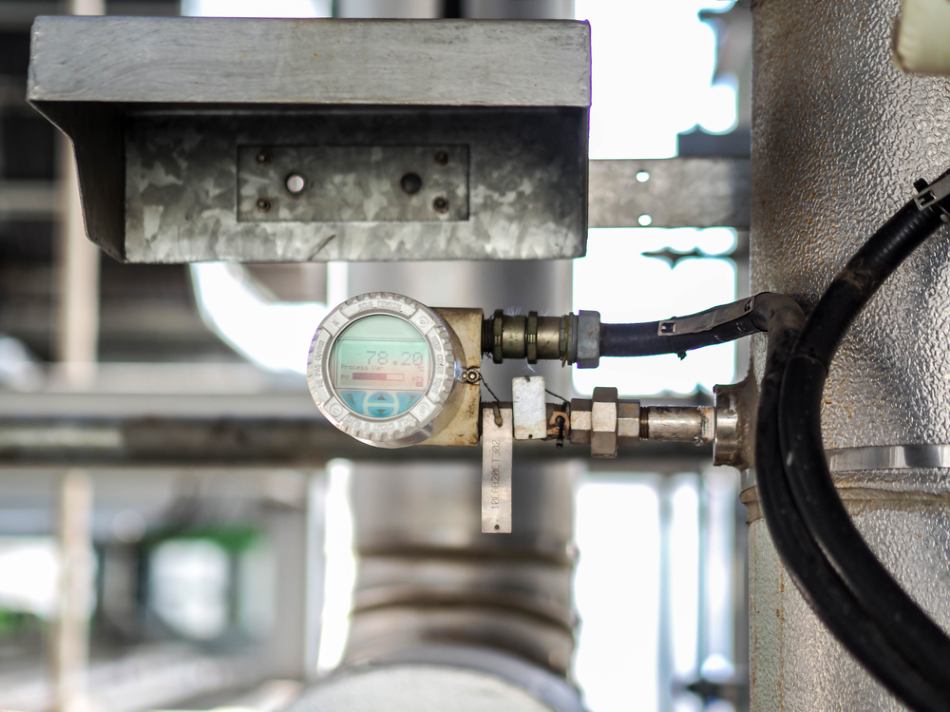The choice between different measuring principles is dependent on the environment in which you want to measure the differential pressure. Two of the most commonly used measuring tools in both medicine and industry are piezoresistive and thermal differential pressure sensors. Both principles work to a high degree of sensitivity and accuracy – the piezoresistive principle because of its high linearity and the thermal principle due to the particularly sensitive way in which it performs around the zero point of measurement.

Image Credit: Shutterstock/Engineer Story
Piezoresistive (Diaphragm-Based) Differential Pressure Sensors
Silicon based piezoresistive differential pressure sensors are made up of resistors embedded as a Wheatstone bridge within a thin silicon diaphragm. The diaphragm will push through and distort if there are pressure differences. A so-called piezoresistive effect occurs when the semiconductor resistors arranged in the measuring bridge react to these mechanical stresses. That is to say, when an external force is applied to the semiconductor there is a change in electrical resistance.
A piezoresistive measuring system has the following properties:
- High sensitivity (measurement ranges of a few millibars)
- From 1 mbar (100 Pa) to 10 bar measurement range final value
- Very high overall accuracy
- Very good overpressure resistance
- Low hysteresis effects
- Linear signal–pressure characteristics
- Analog and digital interfaces
- Very small size
Thermal (Flow-Based) Differential Pressure Sensors
A thermal differential pressure sensor consists of two temperature-sensitive resistors (one upstream, one downstream) with a heating element positioned between the two. Gas flows through the sensor and, if there is a difference in pressure, the temperature profile will move in the direction of the downstream resistor. As such, the two resistors will have inconsistent temperatures and as a result a signal proportional to the gas flow will be received. This is the measurement of differential pressure.
A thermal measurement system has the following properties:
- High sensitivity (measurement ranges of a few millibars)
- From 0.25 mbar (25 Pa) measurement range final value
- High zero-point stability
- High long-term stability
- Calibrated and temperature-compensated
- Analog and digital interfaces
- Very small size
First Sensor’s thermal measurement system has the following special features:
- High measuring accuracy even on long connecting hoses or filters
- High robustness with dust-laden air
.jpg)
Graph 1: Basic design of a piezoresistive differential pressure sensor. Image Credit: First Sensor
.jpg)
Graph 2: Basic design of a thermal differential pressure sensor. Image Credit: First Sensor

This information has been sourced, reviewed and adapted from materials provided by First Sensor AG.
For more information on this source, please visit First Sensor AG.